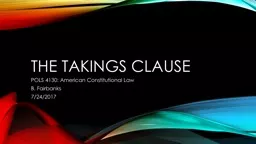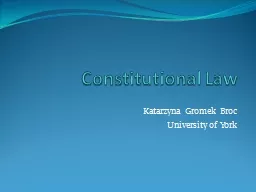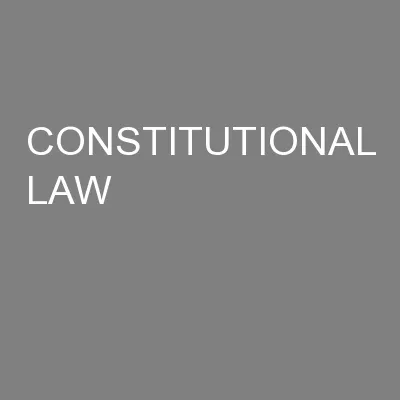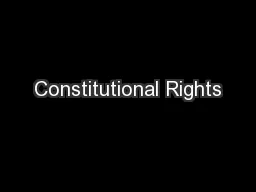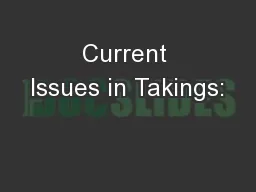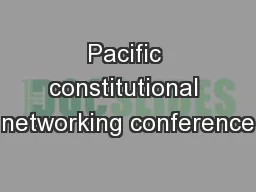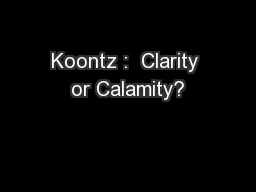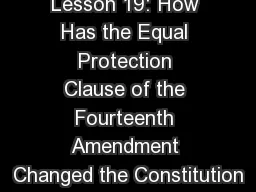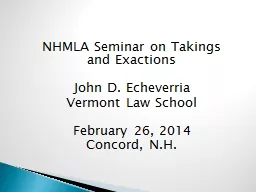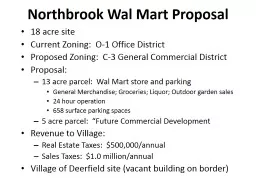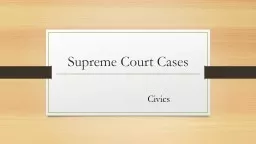PPT-The takings Clause POLS 4130: American Constitutional Law
Author : nonhurmer | Published Date : 2020-08-26
B Fairbanks 7242017 Major Points for Todays Class Discussion of the concept of takings and eminent domain Analyze and discuss the assigned cases on these topics
Presentation Embed Code
Download Presentation
Download Presentation The PPT/PDF document "The takings Clause POLS 4130: American C..." is the property of its rightful owner. Permission is granted to download and print the materials on this website for personal, non-commercial use only, and to display it on your personal computer provided you do not modify the materials and that you retain all copyright notices contained in the materials. By downloading content from our website, you accept the terms of this agreement.
The takings Clause POLS 4130: American Constitutional Law: Transcript
Download Rules Of Document
"The takings Clause POLS 4130: American Constitutional Law"The content belongs to its owner. You may download and print it for personal use, without modification, and keep all copyright notices. By downloading, you agree to these terms.
Related Documents

